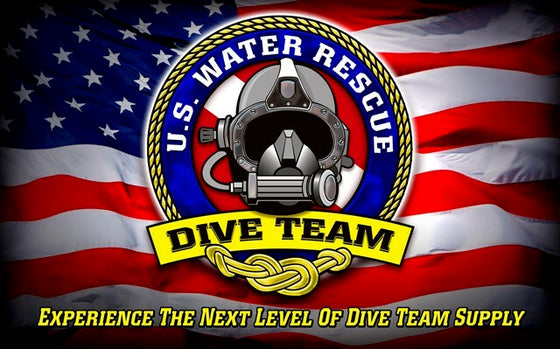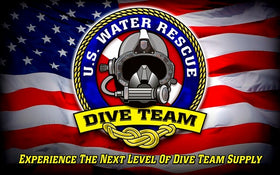0 products
Experience The Next Level of Dive Team Supply
-
- Anchors
- Adapters
- Aerospace Lubricant
- Analyzers
- Apparel
- Bags
- Bikes
- Bolts/Nuts
- Books
- Buckles
- Buoys
- Cameras
- Clamps
- Clips
- Compass
- Cutting Tools / Knives
- Decontamination
- D-rings
- First Aid
- Flag / Floats
- Hangers
- Hardware
- Harness - PSD
- HEED 3
- Hoses
- Jack Stay U/W Search Kit
- JW Fisher / Metal Detectors
- Lift Bags
- Lights
- Line Arrows
- Line Holders
- Lubricants
- Paintball Fittings
- Pony Bottles
- Pony Brackets
- Reels
- Slates
- Snorkeling Vest
- Spare Air
- SMBs
- Stage Bottle Rigging
- Tank Bands
- Tanks / Valves
- Tactical Gear
- Tools / Repair
- Wetsuits
- Weights
- Weight Belts
- Weight Pockets
-
-
ACCESSORIES
-
COMPUTERS / GAUGES
-
MASK / FINS
-
OTS
- Buddy Phone Through-Water Transceiver Packages (Includes Mask)
- Accessories
- Adapters
- Aquacom Single Sideband Professional Through Water Transceivers
- Bags
- Batteries
- Buddy Phone Through-Water Transeivers
- Chargers
- Commercial Diving Helmet Commumications
- ComRope
- Connectors
- Dive Lights
- Earphone/Microphone Assemblies
- FFM Accessories
- Full Face Masks / FFM
- Hard-Wire Intercoms
- Microphones & Headsets
- Transducer Assemblies
Website is currently under re-construction.

